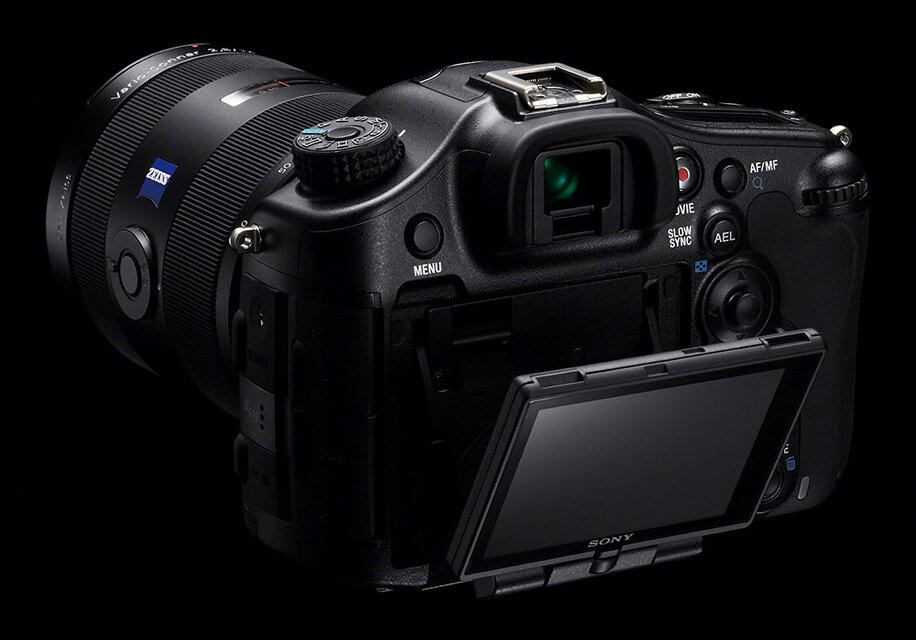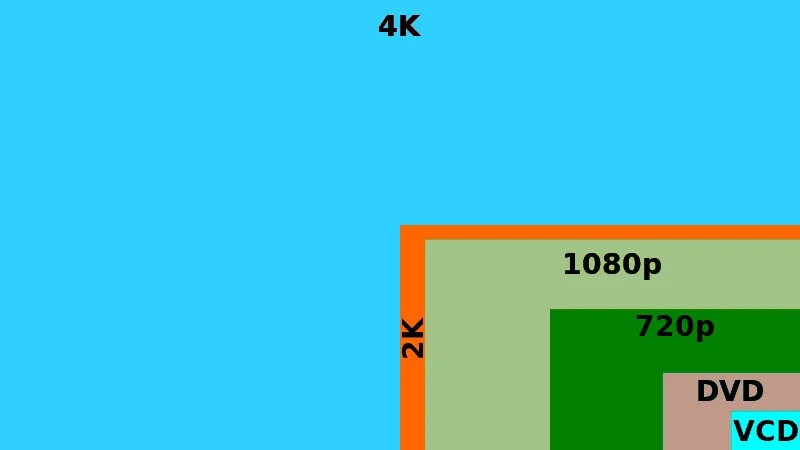4K RAW Camera for Everyone
Technology advances more because of the economic growth ambition from enterprises than the real needs of the final customer, and maybe for that reason, 4K is here now. Anyway, whatever the reason, 4K TV or UHDTV is arriving to stores now, and that means TVs with 3840x2160 pixels. In the last months, the main audiovisual brands have started to introduce their 4K cameras in fairs like NAB. From traditional companies like Sony with their F5 and F55, to the recently created Blackmagic, many have bet on the 4K technology as a quality standard in image capturing for 2013.
There isn’t any doubt about how resolution, definition and color improve with this new technology, but these advantages have a cost that not many professionals, and even less amateurs, can afford. However, there is actually a much more economic way of capturing images in 4K resolution, even without compression, in RAW. How? Using any DSLR camera and the time-lapse technique.
Resolution
Nowadays, both for resolution and display the standard format is Full HD, which means 1920×1080 pixels. Most of camcorders and DSLR cameras actually have this resolution, more than enough for professional and domestic appliance. But only a few camcorders can actually record in 4K or UHDTV, in other words 3840×2160 pixels. Why is it so difficult and cameras so expensive? Well, because 4K isn’t actually the double size of a Full HD, as we could think, but four times the resolution. We obtain the resolution by multiplying vertical and horizontal resolution, and according to this the 4K format has 8 million pixels in front of the barely 2 million of the Full HD.
And here is where the DSLR and the time-lapse come into play, as we could say that all these cameras reach that resolution by far, some even in triplicate. This also allow us to make camera movements and cuts inside the 4K image, something unthinkable even with the high end digital film cameras.
RAW
The high resolution is not the only advantage of DSLR cameras when doing a time-lapse, but the possibility of shooting in RAW, without compression, and with a color depth up to 14 bits, is something that every filmmaker wishes, considering it like the holy grial. Only a few cameras, including the professional film ones, record in RAW, and even less do it in 4K RAW. So we usually need really expensive external recorders, that costs and weigh even more than the camera.
Again, the DSLR take action and allow us to capture images in RAW with a really low cost, as they do it in conventional memory cards, either compact flash or sd. Needless to say that the weigh and size are significantly lower than any digital film camera.
Frame Rate
Here is where the handicap is when you try to record 4K RAW with a DSLR. We can’t do it at a normal video speed, that would be 24, 25 or 30 fps. The maximum rate that the DSLR would let us record with, if it’s a high end like the Sony A99 with a Scandisk Extreme III card, would be 1fps continuously. Anyway, that’s what time-lapse it’s about, isn’t it? Shooting with a determinate interval between frames. In this way we can capture the course of time, accelerate scenes, and see images that would be impossible other way, like the stars movement or the plants growth.
Autonomy
This is another advantage of the DSLR in the face of any other conventional camcorder or digital film camera. While these ones can’t reach an hour of autonomy with their batteries, even less than 20 minutes in cameras like the RED Epic, the DSLR can make thousands of shots with just one battery, which equals several hours duration.
Against what people think, time-lapse it’s a technique that consumes very few energetic resources, mainly because the camera doesn’t use autofocus or screen, only actions the shutter and records that image into the card. In addition, if our DSLR has a grip that doubles or even triples the number of batteries, like happens with the Sony A99, we have a tool ready to shoot with autonomy and in any location during the whole night.
In short, thanks to a simple and economic DSLR and using the time-lapse technic, we have the possibility to capture fantastic images in 4K RAW with a color richest, a resolution and a dynamic rank only accessible to the big and millionaire film productions.
4K is the future, and the future is here now. So, why should we keep producing contents in Full HD format, if it already has a expiration date? It’s true that the main image banks as Getty Images still don’t offer their contents in 4K. But they do have included the field “available in 4K” in their shipment sheets, which lead us to believe that they will introduce this option in their website very soon.
As a content creator, I feel reassured by knowing that in a few years, when 4K becomes the standard, the material I shot in 2010 using the time-lapse technique, would still be salable.
If you want to learn how to convert your time-lapses into videos, either in Full HD or 4K, maybe you’ll find interesting this tutorial about Lightroom developing and Quicktime compilation.



